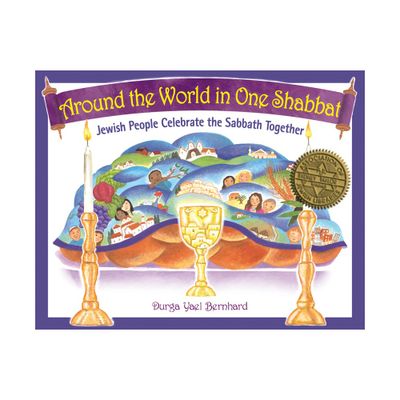Home
Ragas Bihag, Durga & Basant: Dadra
Loading Inventory...
Barnes and Noble
Ragas Bihag, Durga & Basant: Dadra
Current price: $22.99


Barnes and Noble
Ragas Bihag, Durga & Basant: Dadra
Current price: $22.99
Loading Inventory...
Size: OS
*Product Information may vary - to confirm product availability, pricing, and additional information please contact Barnes and Noble
Repetition can work wonders in music. Whether the artist is
Ali Akbar Khan
or
James Brown
, the key to effective repetition is finding the right grooves and staying on them.
Padma Talwalkar
uses repetition to her advantage on
Ragas Bihag, Durga & Basant: Dadra
, a recording of traditional Indian spiritual music (also known as
"Indian classical music"
).
Talwalkar
comes from the Hindustani school of Indian traditionalism, and her approach is entirely North Indian on four extended ragas: "Raga Bihag," "Raga Druga," "Raga Basant" and "Dadra." Joining
are her husband
Suresh Talwalkar
(who plays Indian tabla drums), tamboura player
Gauri Suresh Dahle
and harmonium player
Pramod Dhundiraj Marathe
, all of whom hold the groove down while she sings passionately in various Indian languages. The ragas seem to groove endlessly, which is exactly the point -- you grab onto the groove and (much like
in funk or early
Donna Summer
in disco) work both yourself and the listener into a blissful state by sticking to it. Repetition is also a key part of modern Indian pop, which incorporates American funk and dance music. But unlike Indian pop artists,
isn't embracing something that started in the 20th century -- she's part of a tradition that goes back millenniums. ~ Alex Henderson
Ali Akbar Khan
or
James Brown
, the key to effective repetition is finding the right grooves and staying on them.
Padma Talwalkar
uses repetition to her advantage on
Ragas Bihag, Durga & Basant: Dadra
, a recording of traditional Indian spiritual music (also known as
"Indian classical music"
).
Talwalkar
comes from the Hindustani school of Indian traditionalism, and her approach is entirely North Indian on four extended ragas: "Raga Bihag," "Raga Druga," "Raga Basant" and "Dadra." Joining
are her husband
Suresh Talwalkar
(who plays Indian tabla drums), tamboura player
Gauri Suresh Dahle
and harmonium player
Pramod Dhundiraj Marathe
, all of whom hold the groove down while she sings passionately in various Indian languages. The ragas seem to groove endlessly, which is exactly the point -- you grab onto the groove and (much like
in funk or early
Donna Summer
in disco) work both yourself and the listener into a blissful state by sticking to it. Repetition is also a key part of modern Indian pop, which incorporates American funk and dance music. But unlike Indian pop artists,
isn't embracing something that started in the 20th century -- she's part of a tradition that goes back millenniums. ~ Alex Henderson











![Deben Bhattachary: Colours of Raga [CD/DVD]](https://prodimage.images-bn.com/pimages/5019396273023_p0_v2_s600x595.jpg)






